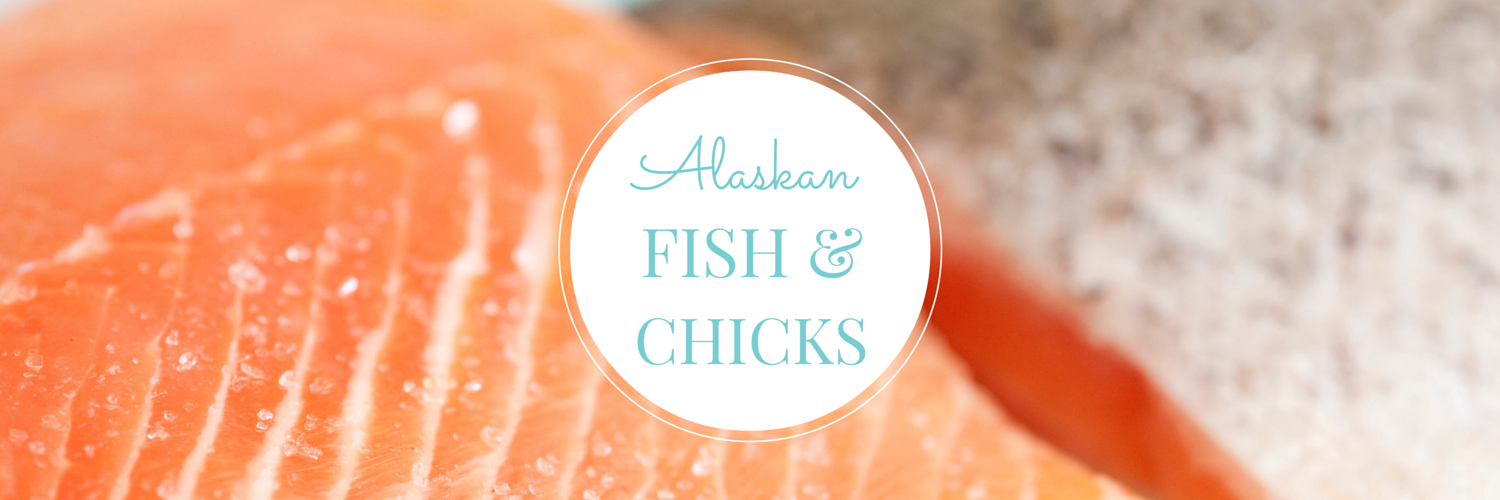When I was little and my mom was harvesting rhubarb she’d cut off all of the leaves and I’d take them and use them as doll-sized umbrellas, or make a little house for mice or fairies using the wide leaves for the roof. My mom’s rhubarb patch is over twenty years old and produces both mammoth stalks and prodigious yield. We’d happily eat rhubarb multiple times a week as most of the time it was fed to us in cobbler or pie form. In fact now that I think about it, rhubarb is one of the first things I can remember being allowed to dice up myself.
Rhubarb is a prolific Alaskan garden plant that can be grown in most northern climates. It needs plenty of rain and temperatures that consistently fall below 40°F in the winter. My mom’s secret to an impressive patch is to bury a couple of large starfish or sunstars (hopefully that you found already dead) about a foot and a half under the dirt beside the plants. This will provide fertilization for years to come. To start your own patch you will need root divisions taken from the crown of somebody else’s plant. Put them in the ground in early spring just after the ground becomes dig-able again. Once you have planted your starts, patience will be the name of the game. Don’t pick it for at least the first year (but waiting two-three years is better)!
After waiting so long harvesting can be a rewarding experience. Pull your chosen stalk away from the others and using a sharp knife cut at the base of the stalk. The ones you harvest should be between twelve and eighteen inches long and about an inch in diameter. If your stalks are thin you may not have enough nutrients in the soil. There isn’t much difference in taste between a green stalks and a ruby ones, but most people prefer red stalks for the bright pink color they add to baked goods. Remember to only take a few stalks at a time from each plant so that it will continue to grow.
It is extremely important when harvesting to know that the leaves are poisonous and should never be consumed! Among other things the leaves contain oxalic acid which is a nephrotoxin which can cause vomiting, breathing trouble, kidney failure, or a coma. One source even says to flush the area with water if it comes in contact with bare skin (it’s a wonder I survived childhood at all)!
One of my current obsessions are fruit shrubs. I have been using these for making salad dressings (which are delicious and putting them into cocktails! You can even use them simply as drinking vinegar and make refreshing drinks by adding 2 parts shrub to about 8 parts sparkling water. My favorite flavor so far is rhubarb shrub, although they can be made with just about any fruit. I have found that there are two main ways to make rhubarb shrub: the fast way and the slow way.
Ingredients
For the fast and slow version:
- 2 lbs. chopped rhubarb
- 1 cup white vinegar
- 1 cup granulated sugar
Instructions
For the fast version:
- Run your blade down the rhubarb lengthwise so that you have two sections, and then again to each of those sections, giving you four long quarters of rhubarb. Proceed to cut into a medium dice.
- Combine the rhubarb, vinegar, and sugar in a saucepan at medium heat and bring to a boil until all of the sugar dissolves.
- Reduce heat to low and cook for 15 minutes, or until the rhubarb is completely broken down. Make sure you stir it so that the mixture doesn't stick to the bottom.
- Pour the mixture into a very fine mesh strainer or a chinois over a bowl or jar and allow all of the liquid to drain out over a period of 30-45 minutes.
- Once you have collected all of the liquid, discard the solids, and store your sweet and tangy bounty in a jar in the fridge.
For the slow version:
- Run your blade down the rhubarb lengthwise so that you have two sections, and then again to each of those sections, giving you four long quarters of rhubarb. Proceed to cut into a medium dice.
- Next, and this is where the recipes differ, combine just the sugar with the rhubarb in a large bowl and cover with plastic wrap.
- Place the bowl in the fridge for the next four days. Making sure to stir the mixture once in the morning when you wake up, and once right before you go to bed.
- After your four days are up, put the mixture in a mesh strainer or a chinois, and this time push down to squeeze all the liquid out.
- Mix the rhubarb syrup with the vinegar and store in a jar in the fridge.
Strawberry-Rhubarb Gimlet
More Resources:
A newsletter from the UAF Cooperative Extension.
A Source to Rhubarb Producers, Buyers and Users in and around the State of Alaska.
An article with more recipes from the Fairbanks Newsminer.




 We are both born and raised in Alaska, land of the midnight sun and fishing at 2am. We love to find new ways to use fresh ingredients or put a modern spin on an old Alaskan classic. We hope you will enjoy tasting Alaska.
We are both born and raised in Alaska, land of the midnight sun and fishing at 2am. We love to find new ways to use fresh ingredients or put a modern spin on an old Alaskan classic. We hope you will enjoy tasting Alaska.